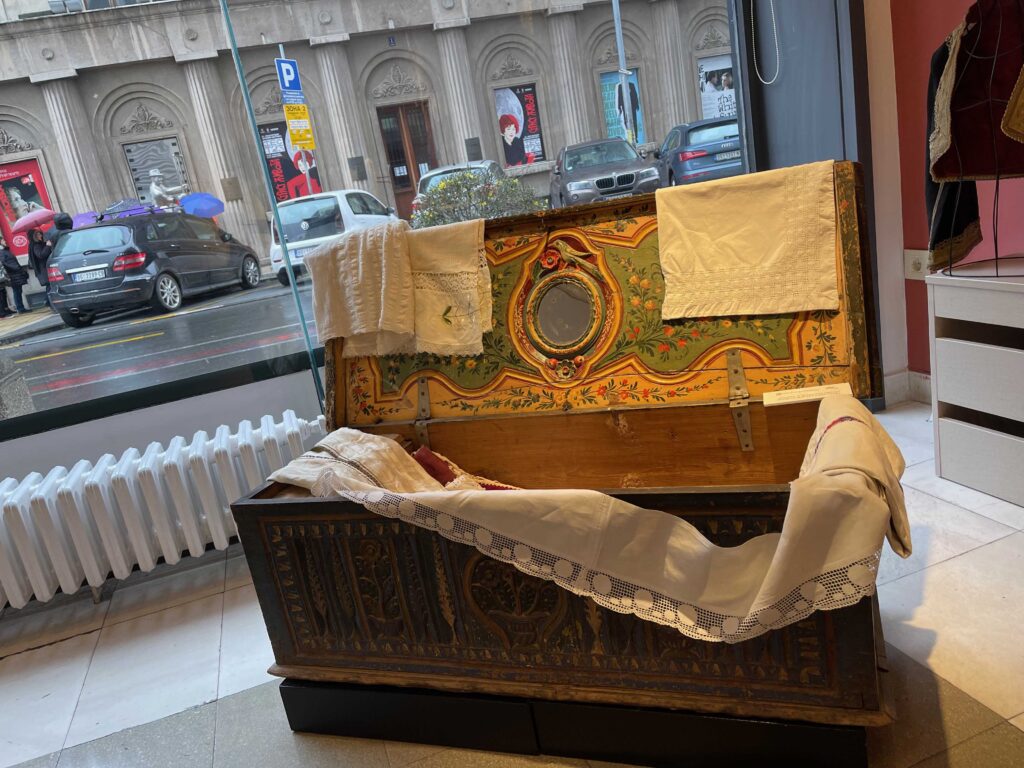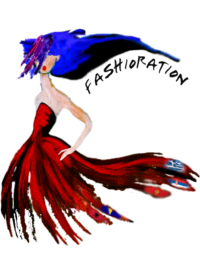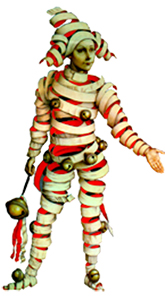
Keeping with the past: fashion in the Balkan Peninsula
by Nikolas Kamtsis
it is essential in the context of the fashioration project to make a general consideration of traditional fashion in the Balkans and whether the traditions of the Balkan peoples influence each other.
So we will approach in this podcast the Keeping with the past: fashion in the Balkan Peninsula
The Balkan Peninsula is at the meeting point of Europe and Asia. It has a lot of different cultures and traditions. Countries in this area, like Albania, Bosnia and Herzegovina, Bulgaria, Croatia, Greece, Kosovo, Montenegro, North Macedonia, Romania, Serbia, and Slovenia, are known for their rich customs, which can be seen in their unique fashion scenes. In the Balkans, the connection between custom and fashion is complicated, involving elements from the past, traditional skills, and current styles. In the Balkan Peninsula, tradition shapes dress in the following ways:
Historical Influences: The Balkans are a mix of Byzantine, Ottoman, Hellenistic, and Slavic societies that have shaped them over time. Each of these has had a lasting effect on the fashion in the area, resulting in unique styles, motifs, and methods. For instance, the elaborate embroidery and bright patterns on traditional Balkan clothes often show how Byzantine and Ottoman styles influenced the region’s style, while folkloric patterns and handwoven fabrics bring to mind the area’s Slavic roots.
Traditional Clothes: Traditional clothes are an important part of Balkan fashion because they show cultural identity and history. From one country to the next, these outfits are very different, with different styles, fabrics, and decorations. From Bulgaria’s fancy vests and head coverings to Romania’s shirts and aprons with lots of tiny embroidery, each outfit tells a story of skill, tradition, and pride in one’s home country. Even though the world is becoming more modern and connected, traditional clothes are still an important part of culture events, folk festivals, and religious ceremonies all over the Balkans.
Return of storytelling: In the Balkans, storytelling and traditional crafts have become more popular again in recent years. Fashion has been deeply affected by this revival, which has led designers to interpret classic patterns and methods in new ways. Folk embroidery, geometric patterns, and folkloric designs have made their way into modern clothing and accessories, from runway shows to street style. They give modern fashion a touch of authenticity and cultural richness.
Craftsmen and artists from the area: The Balkans have a lot of skilled craftsmen whose skills have been passed down from generation to generation. In rural areas, traditional crafts like weaving, needlework, and lace-making are still very popular. These crafts give modern fashion designers ideas and a sense of what is real. Balkan fashion brands are able to keep traditional craftsmanship alive while also making goods that are sustainable and ethically sourced by working with local artisans and using hand-made elements in their designs.
Cultural Exchange and Globalization: Tradition is still a big part of Balkan dress, but the area is not safe from globalization and cultural exchange. As communication lines grow and borders open up, global trends and cross-cultural interactions have a bigger impact on Balkan fashion. This interaction between custom and modernity can be seen in the rise of hybrid styles that combine traditional elements with modern silhouettes, materials, and technologies. These styles show how fashion in the Balkans is always changing.
In the end, the Balkan Peninsula’s connection between tradition and fashion is complex and ever-changing. It is shaped by a rich tapestry of historical influences, local craftsmanship, and global fashion trends. Traditional clothes and crafts are still important parts of the culture of the area, but people are also becoming more interested in new and creative fashion designs. Balkan fashion keeps changing because it embraces both tradition and modernity. It’s an interesting look at how heritage and modernity meet in this culturally diverse and rich area.



